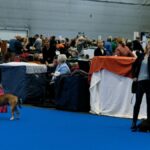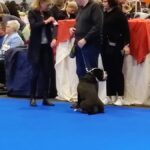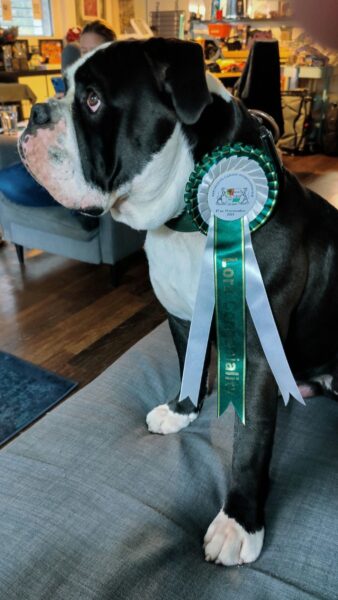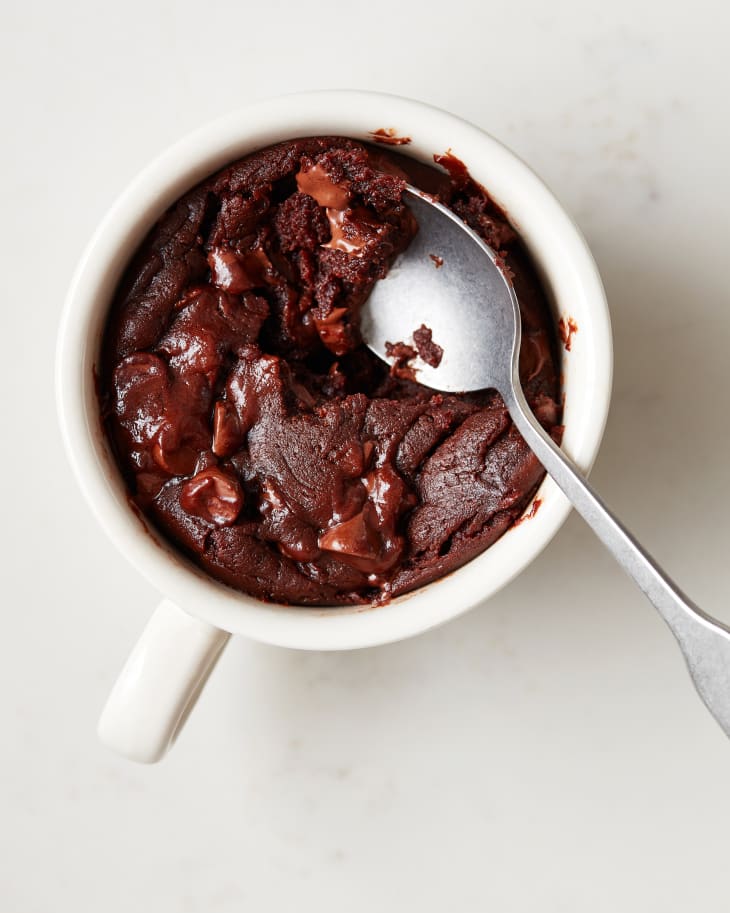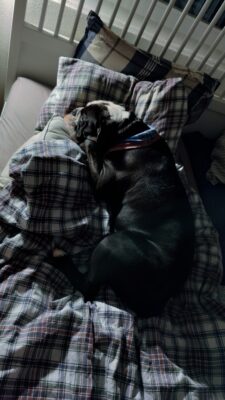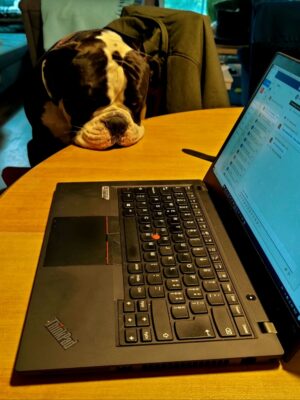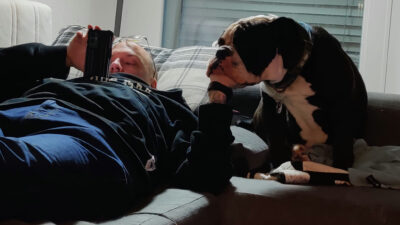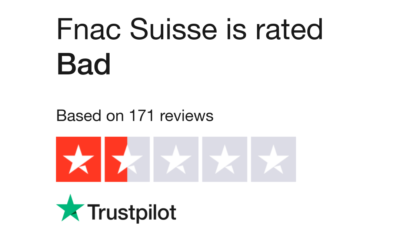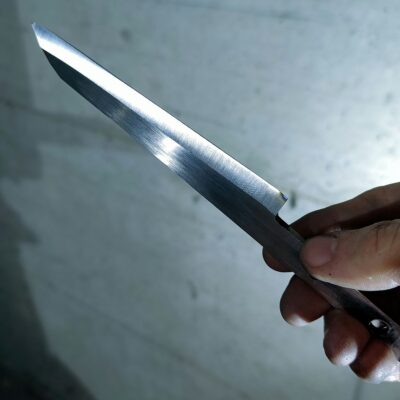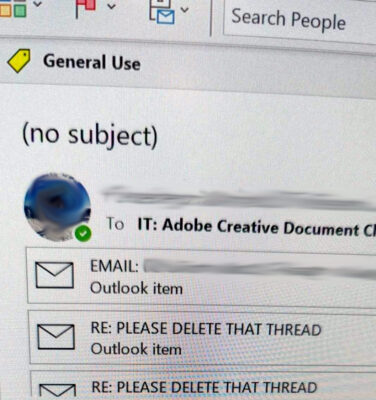It was Byron’s grand dog show début today.
We made it bright and early (!) to the Automnales and got setup. We met Frédérique, the breeder we got Byron from, and she was very happy to meet the boy.
She was supposed to show him for us, as we have no idea what we were doing, but Byron had other plans. He got a little bit nervous when he couldn’t see us and decided to splat and nope, so I had to be brave and show him.
In the end, the boy placed last, but with an “excellent” mention. The comments were generally positive, except that he’s possibly too tall and his babines a bit too floppy. His bones, ears, eyes, nose, teeth and gait are all good, but his knees are apparently still a bit wobbly.
I’m the end, he didn’t hump anyone and was super zen around all the other dogs. He didn’t seem fazed by all the noise and commotion, everyone loved him and heaped lots of praise on him and his behaviour. We always said we’d get him a miss congeniality ribbon, but Anna had the best idea when she declared him lord congeniality.



